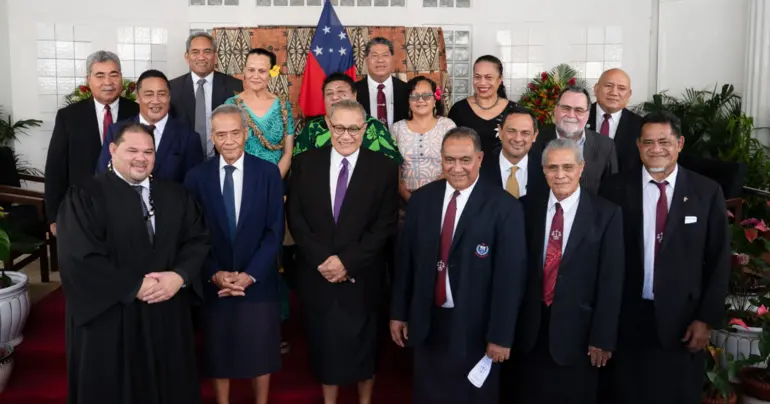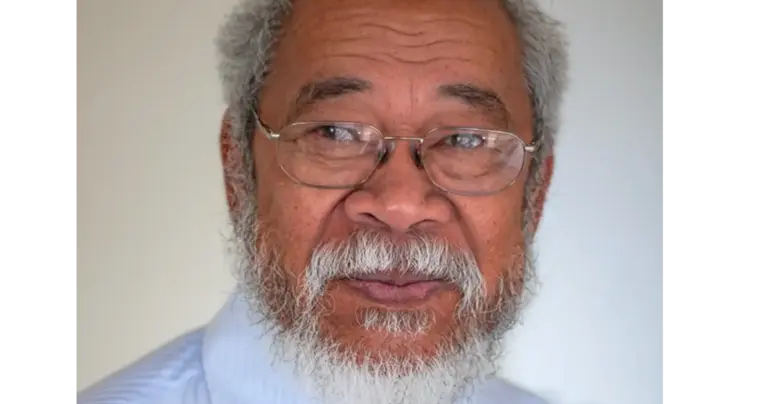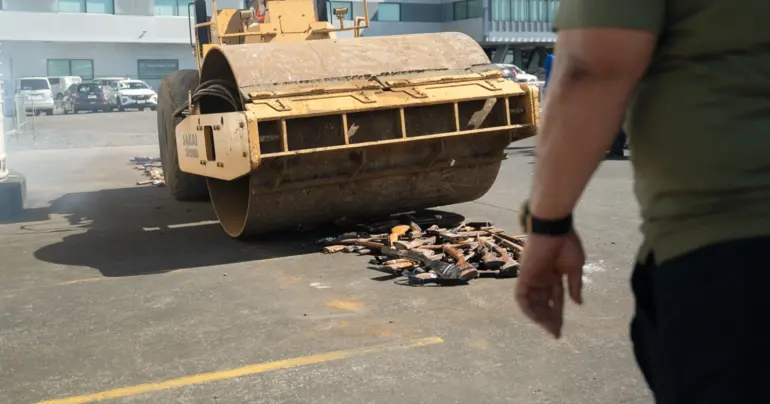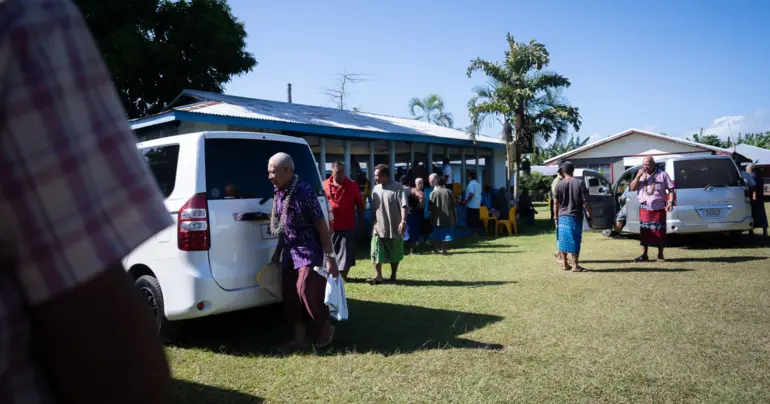Less than zero: tourism's looming crisis
 By The Editorial Board
•
15 September 2020, 11:40PM
By The Editorial Board
•
15 September 2020, 11:40PM
The tourism sector has been pleading for some time now that it is at risk of keeling over.
But with the arrival of cyclone season and the threat of assets being wiped out or damaged the future could even be worse than that.
Hotels across the country, including many of our most iconic, are shuttering their doors; those which are staying open do so only by hanging on by the tips of their fingernails or thanks to their restaurants.
Estimates suggest as many as 90 per cent of workers in the system have lost their jobs.
But these figures tend to be obscured by abstraction
When laid out in simple tala figures the amount of money that tourism is worth to this country becomes clear.
In 2017-18, Government figures found that a total of $450 million was brought into this country’s borders by tourists spending money.
Let’s bring up the Central Bank of Samoa’s estimates for the period between July 2019 and July 2020: $375.2 million.
That 85 per cent drop in tourism revenue masks a chilling truth that becomes evident when you break the numbers down even further.
For the first four months of that Financial Year we see income of a little less than $70 million to a little more than $45 million, depending, of course, on seasonal variations.
And for the last four months? Of course we see $0.00 tala.
That is no surprise, given we have blocked off our borders entirely to international tourists.
But reports published on the front page of Tuesday’s Samoa Observer (“Insurance woes ahead of cyclone season worries hoteliers”) suggest that zero revenue could soon be the least of the industry’s worries.
The extra precautions required to carry hotel markets through cyclone season - ranging from insurance premiums - to simple protective measures, is now threatening the viability of this country’s most reliable and fastest growing export.
Saletoga Sands Resort Owner, Gavin Brightwell, told the Samoa Observer that as the lack of tourism continues to hurt the industry, he has had to let go of the resort's insurance policy.
That is a logical business decision.
As revenue drops any business owner must do the same to their costs.
But Mr. Brightwell’s decision obviously comes with costs of its own.
He told this newspaper the potential for his property to be damaged in the peak of hurricane season is keeping him up at night.
“I am really, really worried that come cyclone season, the writing is on the wall and we could be in for some cyclones,” he said.
This is something about which we should all be losing sleep.
The damage wrought by a potential cyclone would not only affect individual hotels but will be multiplying across the entire economy and its ability to bounce back in a post-coronavirus future.
If hotels such as Mr. Brightwell’s cannot afford to protect their assets against acts of God and the potential damage of cyclone season for the duration of the global shutdown, then they are simply going to degrade.
“Imagine if three or four resorts got taken out,” Mr. Brightwell said.
“That is huge for Samoa, that is a couple of plane-loads a week of people.”
He raises a pertinent point.
Once a vaccine for COVID-19 is found and international tourism finds itself returning to something like normality, it is not just hoteliers but the entire nation that will find itself in a bind.
How could we bring potentially damaged infrastructure back into a condition that would allow for guests to stay when there has been no revenue?
Not by leaving it until too late, that’s for sure.
It must be remembered that tourism and remittances were the two planks of the economic recovery that Samoa was undergoing which was cruelly undercut by the arrival of last year’s measles epidemic and then the unprecedented grinding to a halt of international tourism.
Our economy had registered for the first time in years significant economic growth.
That was led mostly by tourism. The numbers before the measles struck in 2019 told the story. The growth in visitor arrivals the year prior was up by 15 per cent. The growth in visitor expenditure was up even further: a tick under 20 per cent, according to Central Bank of Samoa statistics.
A longstanding campaign to raise Samoa’s status as an international destination had clearly been paying off and ordinary Samoans were the beneficiaries.
Now that these hotels simply cannot afford to protect themselves against potential damage, there is a very real risk that our capacity to welcome potentially pent-up demand for tourism from wealthy countries such as Australia will be compromised.
The Government’s stimulus package for tourism has, until now, included measures such as reduced loan and utility liabilities for hotels.
That has its benefits, up to a point. But they do not extend very far when these hotels are empty.
A major subsidy or even an undertaking to completely underwrite our tourism sector’s, or at least strategically chosen parts of its insurance, would be a costly undertaking.
But the Samoa Tourism Authority has recently made a show of upgrading existing tourism sites while the borders are closed.
Perhaps we should be scaling back the scope of our ambitions.
With bad weather on the horizon, protecting what we have could be the wisest investment we could possibly make.
 By The Editorial Board
•
15 September 2020, 11:40PM
By The Editorial Board
•
15 September 2020, 11:40PM










